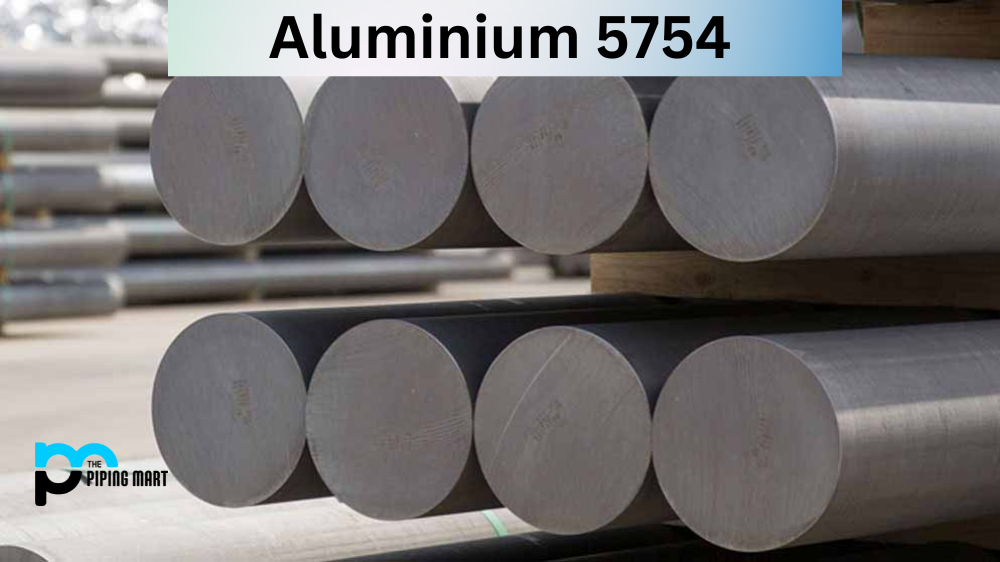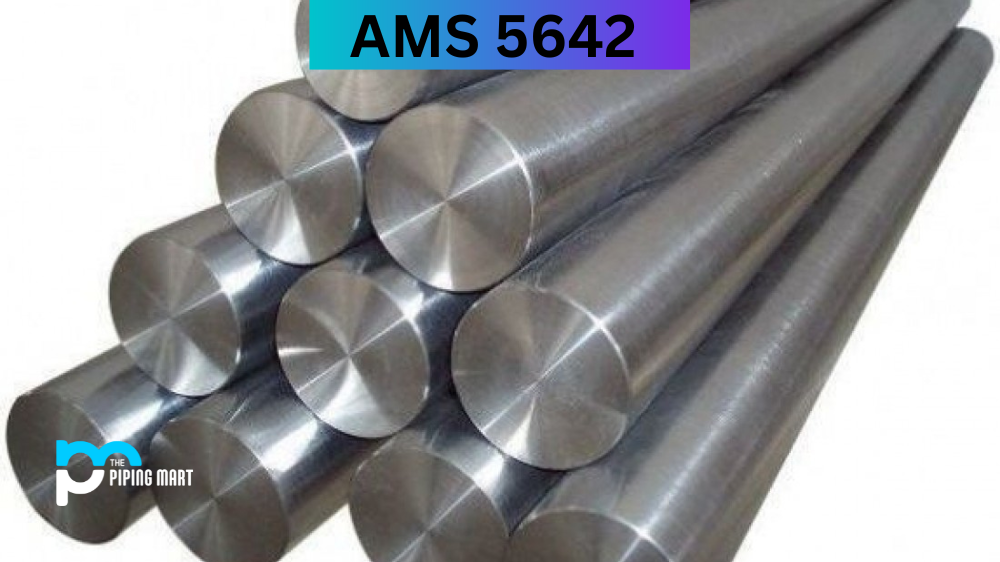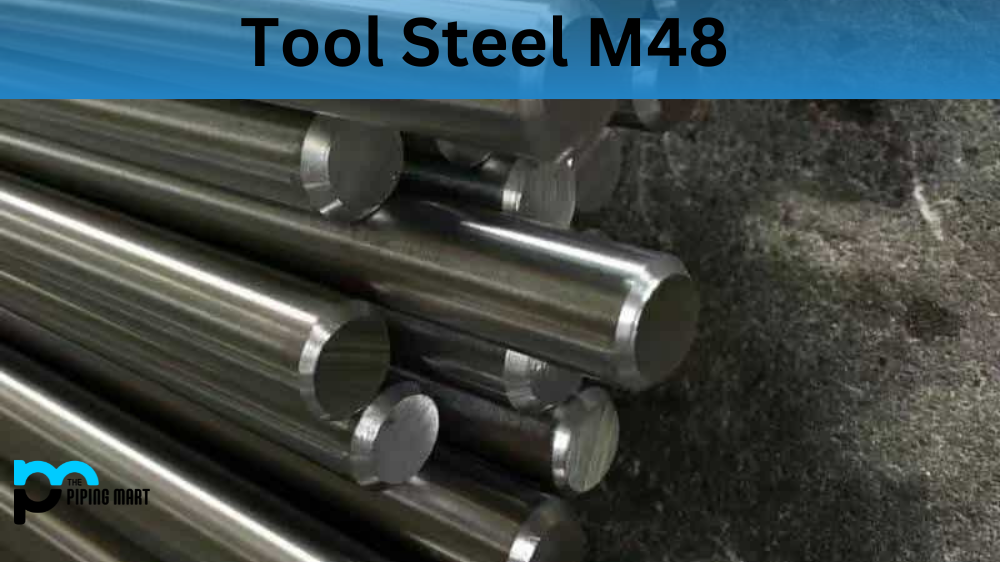Aluminium 5754 is a versatile metal alloy with a wide range of uses. It has corrosion resistance, heat resistance, and machinability that make it ideal for many applications. In this blog post, we will discuss the many uses of aluminum 5754 and how to get the most out of this wonderful metal.
5754 Alloy Composition
| Element | % Present |
|---|---|
| Si | 0.4 |
| Fe | 0.4 |
| Mn | 0.5 |
| Mg | 2.6-3.2 |
| Al | Balance |
5754 Alloy Mechanical Properties
| Mechanical Properties of 5754 Alloy | |
|---|---|
| Property | Value |
| Proof Stress | 60 Min MPa |
| Tensile Strength | 160 – 200 MPa |
| Elongation A50 mm | 12 Min % |
| Hardness Brinell | 44 HB |
5754 Alloy Physical Properties
| Property | Value |
|---|---|
| Density | 2.66 kg/m3 |
| Melting Point | 600°C |
| Modulus of Elasticity | 68 GPa |
| Electrical Resistivity | 0.49 x 10-6 Ω.m |
| Thermal Conductivity | 147 W/m.K |
| Thermal Expansion | 24 x 10-6/K |
5754 Alloy Equivalent
- A95754
- Al Mg3
- Al 3.1Mg Mn Cr
- AW-5754
5754 Alloy Uses
Aluminium 5754 has become a popular material due to its many beneficial uses. It is known for its high strength-to-weight ratio and outstanding corrosion resistance, making it an excellent choice for various types of projects. It is seen in some of the most enduring structures, such as bridges and railway tracks, but also in everyday objects like bicycles and aircraft components. This unique alloy is also useful in industries ranging from appliance manufacturing to food preparation. Aluminium 5754 has quite a few advantages that make it appealing, including good ductility and excellent weldability, so it’s no surprise that it continues to be an important part of modern engineering endeavors.
Corrosion Resistance
Aluminium 5754 offers excellent corrosion resistance due to its high magnesium content. This makes it an ideal choice for parts that need to be exposed to harsh environments, such as salt water or other corrosive liquids. It also has good welding properties, making it easy to join together different aluminum alloys for custom projects.
Heat Resistance
Another great benefit of aluminum 5754 is its excellent heat resistance. It can withstand temperatures up to 500 degrees Celsius without losing any of its strength or durability, making it perfect for use in high-temperature environments such as furnaces and ovens. And because it is lightweight and non-magnetic, aluminium 5754 is often used in aerospace applications where weight savings are essential.
Heat Treatment
Heat treatment is another key area where aluminium 5754 excels. Heat treatment can help improve the strength and hardness of this metal alloy by changing its internal structure at an atomic level. This process can also be used to change the shape or size of certain components without altering their original properties. This makes heat treatment an ideal way to customize parts made from aluminium 5754 for specific applications or designs.
Machining
Aluminium 5754 also has excellent machinability, meaning that it can be easily cut into shapes using computer-controlled machines like CNC mills and lathes. This makes it ideal for creating complex parts with tight tolerances and intricate details that would otherwise be difficult or impossible to fabricate using traditional methods like hand-machining or casting. Furthermore, because aluminum 5754 is softer than other aluminum alloys, it’s less prone to chipping when machined into intricate shapes or tiny components like nuts and bolts.
Welding
Welding is another area where aluminium 5754 shines, thanks to its low melting point (around 600 degrees Celsius). Because of this low melting point, welders can work quickly without risking overheating the material or burning through the weld joint itself—something that’s especially useful when working on large projects with multiple pieces that need to join together quickly and efficiently. Additionally, because aluminium doesn’t require preheating before welding as some other metals do, welders can save time by skipping this step altogether when working with aluminum 5754 components.
Conclusion:
Aluminium 5754 is one of the most versatile metals available today thanks to its combination of corrosion resistance, heat resistance, machinability, and weldability—all qualities that make it suitable for a variety of applications across several industries, including aerospace engineering and automotive manufacturing. Whether you’re looking for a sheet metal material that won’t corrode in salty air or a lightweight part that needs custom shaping via CNC milling machines—aluminium 5754 could be just what you need!

A passionate metal industry expert and blogger. With over 5 years of experience in the field, Palak brings a wealth of knowledge and insight to her writing. Whether discussing the latest trends in the metal industry or sharing tips, she is dedicated to helping others succeed in the metal industry.




